Critical Role branches out from D&D with its homegrown RPG Candela Obscura: a spooky secret society simulator that wears its influences on its sleeve
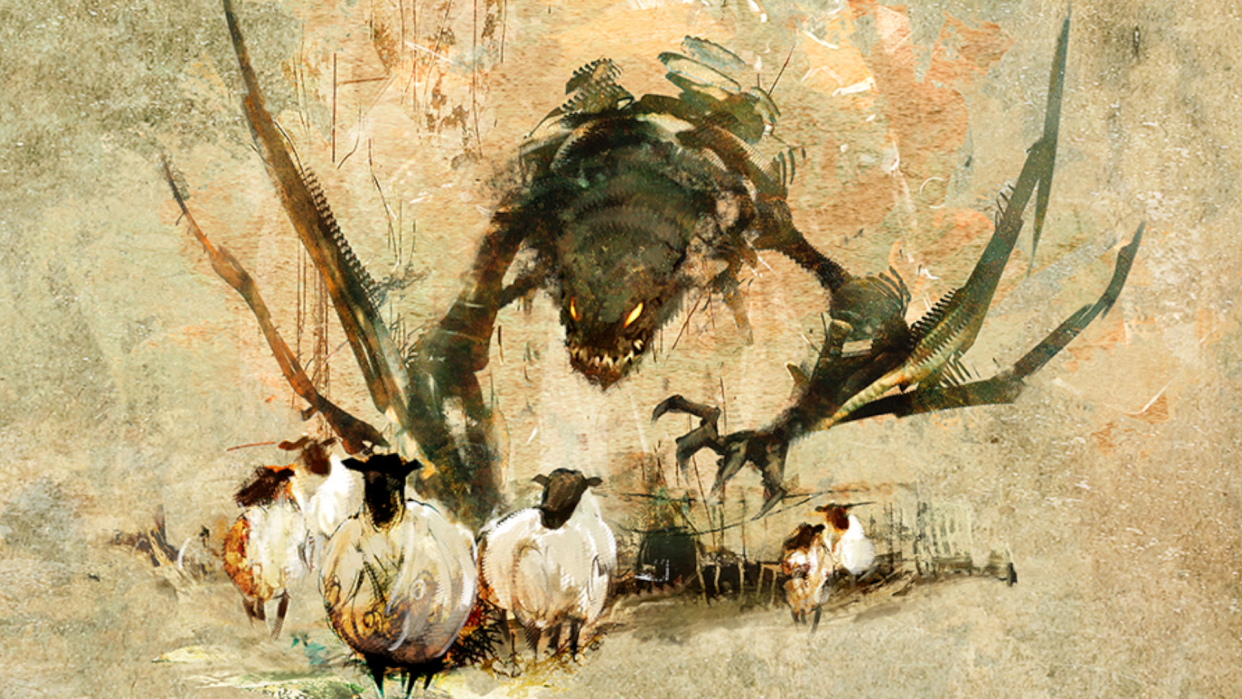
Update: Candela Obscura will also have its own digital companion app, now, via a partnership with Demiplane, which is a third-party website that makes official digital toolsets a la D&D Beyond. It's a curious move, since what I saw of Obscura's rules kept things simple enough, but it'd hardly be the first rules-lite system to have a digital option. Choice is good.
Original Story: Candela Obscura, a new system by Darrington Press (Critical Role's publishing arm), is a game about being a group of paranormal investigators who pry into their city's arcane and occult underbelly. "Candela Obscura stands on the shoulders of giants," reads the core rulebook's fifth page. Borrowing ideas in the TTRPG space isn't new—if anything, it's tradition. These systems all exist in a kind of symbiosis with each other.
Candela Obscura is built on the Illuminated Worlds system, developed by Stras Acimovic and Layla Adelman. It borrows a lot from Blades in the Dark—which isn't too shocking, since Acimovic is known for systems like Scum and Villainy, which use Blades' "Forged in the Dark" licence. Candela Obscura itself is written and designed by Rowan Hall and Spenser Starke.
The system's similarities to Blades caused a dash of controversy when the system first debuted back in May. Detractors cried copy-cat, and as is the case with large audiences like this, the conversations grew messy and exhausting in equal measure.
But Blades in the Dark itself was inspired by Apocalypse World, and another one of my favourite systems, Masks (which I've talked about at length before) is a "Powered by the Apocalypse" game. The idea that Candela Obscura did anything shady by borrowing from games which already work ignores the hobby's history. Especially now the full core rulebook recommends players check out "the library of magnificent tabletop games that influenced its creation."
Candela Obscura doesn't reinvent the wheel entirely just because it's building a new car. It does, however, assemble its components in ways I find very interesting, so I'm gonna talk about 'em.
Drives and Resistance
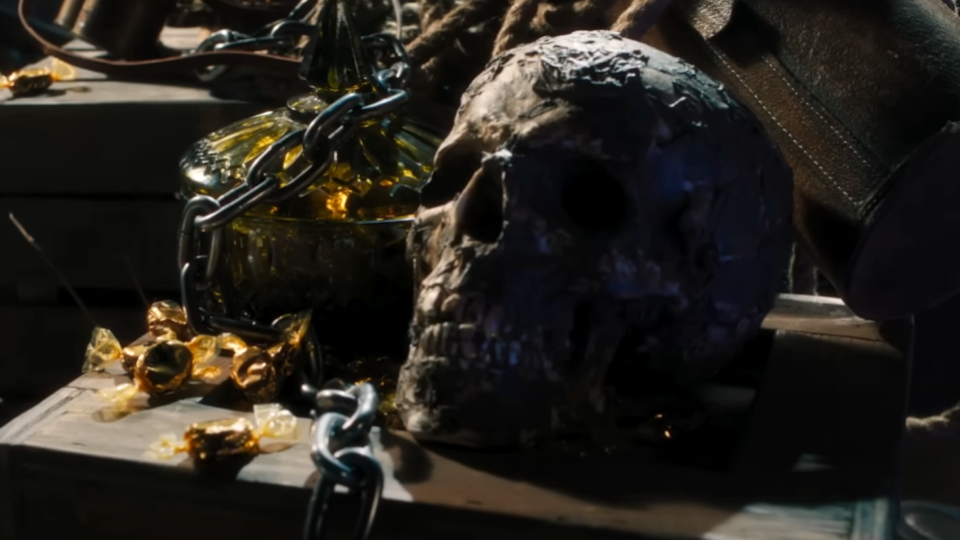
So let's talk about the meat and bones. Candela Obscura's core actions are carved up into three umbrella categories. Each category has a pool of points you can spend, called Drive, whenever you're making a roll. Doing so juices it up by adding an extra die—you roll a number of d6s and take the highest, so the more dice, the better you are at doing the thing.
You also gain an amount of Resistance based on your Drives. Anyone who has played Blades in the Dark will have bells ringing. In Blades, you could spend a different resource, Stress, to avoid the consequences of a roll, resisting them. I really enjoy this system, but the amount of Stress you have to burn never really changes (certain upgrades can increase it, but not by more than a few points).
In Candela Obscura, though, the amount of Resistances available is directly linked to the amount of Drive points you have. To summarise—characters who are more experienced in certain areas are also better protected against bad luck. I think that's pretty neat.
I also enjoy the Gilded dice system. In Candela Obscura, some of your skills are gilded, which means you roll a six-sided dice of a different colour to the rest of your pool. When you make that roll, you can choose to use that die instead, regardless of whether it's higher or lower, to get some Drive back.
This is cool, since it helps to incentivise choosing to fail sometimes, which is one of the joys of tabletop. As a player, you eventually start to realise it's better to make the most interesting choice, rather than the one that helps you "win". That instinct takes a while to develop, though, and I think Candela Obscura's doing something smart by encouraging that kind of play early.
Scars and Masks
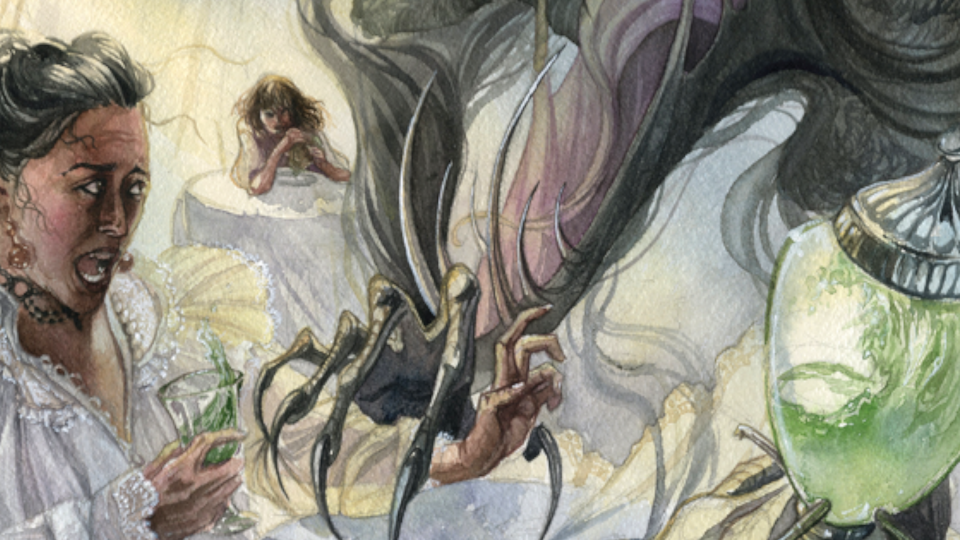
Damage in Candela Obscura's also neat. You essentially have three health bars that can accrue marks. Body, which is physical hurt, Brain, which is psychological harm, and Bleed, which is getting messed up by magic. If you take more than three marks on any of these, you get a Scar—you're also incapacitated, until your friends can get you to safety.
What differentiates Scars from something like Blades in the Dark's Trauma system, though, is that they're also a way to shuffle your stats around. The Scar itself shifts one of your Action scores up, and another down.
You get to decide what score in particular based on what makes sense for your character. The book itself uses a broken leg as an example, making very salient points for two completely different options: one of them makes the character slower, but wary of their surroundings; the other does the complete opposite—they get faster because they don't want that to happen again, but they stop looking ahead as much.
While it's not called out as a direct inspiration, and I'm certain it's far from the first TTRPG to use this sort of thing, this mechanic reminds me of another game I love called Masks. In Masks, you play a teenage superhero. As such, your stats—called Labels—are a measurement of how your character sees themselves. Have high Danger? You see yourself as a threat. Have high Mundane? You're good at relating to others, and so on.
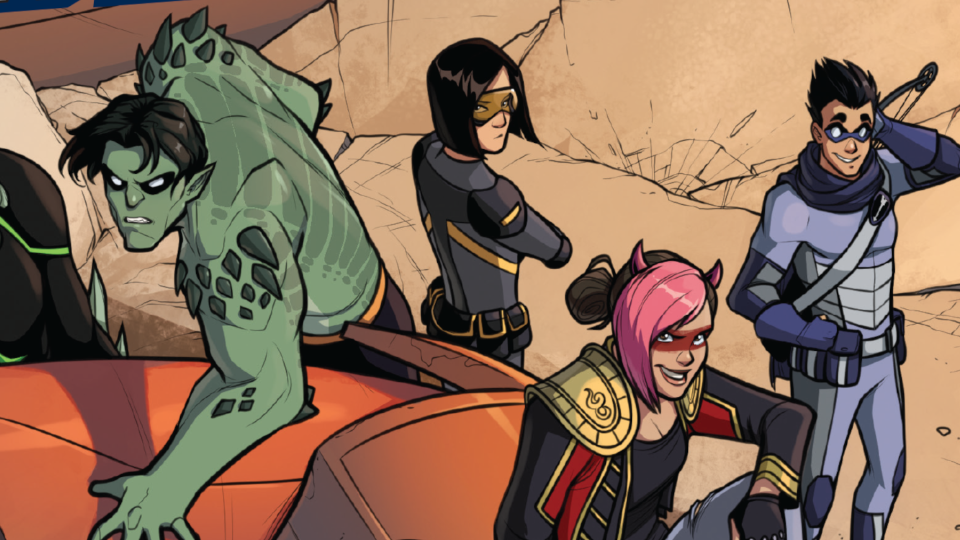
These Labels can shift around based on in-game events. Like Scars, it's often a plus to one Label, a minus to the other. Candela Obscura's take on this idea gives your investigator a nice bit of character development: your supernatural investigator is changed by the experiences they have, and that jibes with its narrative systems very well.
It's also a refreshing take on madness and trauma in TTRPGs—while gathering too many Scars does take you out of commission, the Scars themselves aren't inherently negative. This puts the player in charge of how they want their characters to be impacted by the terrors of the setting, rather than just saddling them with a quirk from a random table.
This is actually something Blades in the Dark does, too—its Traumas are more prescriptive, but the player still gets to choose one, and acting on them gives you XP. Obscura's scar system seems like a natural evolution of that, giving the player even more granular control over what a scar means for their character—it just swaps out the XP benefit for a soft respec.
Obscura also uses one of my favourite tricks from these narrative-heavy TTRPGs: forming relationships with each other at character creation. Is another player's character your Bully? A confidant? A member of your family? This isn't a Masks-exclusive thing, but it's where I was introduced to the concept, and it's always jump-started my tables past that awkward "you meet in a tavern" phase.
Borrowing is good
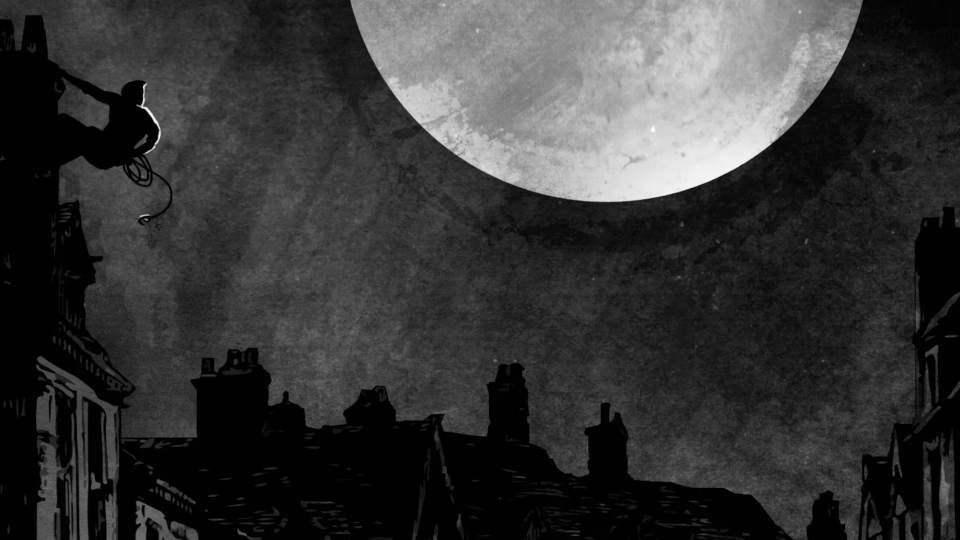
While the Illuminated Worlds system has some experienced hands at its wheel, for Hall and Starke—Candela Obscura's lead writers and designers—this project has a larger scope compared to the more self-contained experiences of their past work, like Starke's text-message only game Alice is Missing. It also has the scrutiny of Critical Role's massive audience directed at it, which I don't envy.
But what I've read of the rulebook shows a thoughtful and considered approach—I think the fact that Candela Obscura can so easily point to its inspirations shows both good self-awareness and a deep love of the hobby. Its writers have played these systems, and are cursed with the same rules-infested brains a lot of us share. There's nothing wrong with showing your work.
Ultimately, I think this is a good first outing for Illuminated Worlds as a core system. It treats its horror subject matter thoughtfully, it borrows ideas from several good games, adding its own unique spins, and it successfully ticks my own personal boxes for a good narrative-focused TTRPG. Candela Obscura releases November 14.


